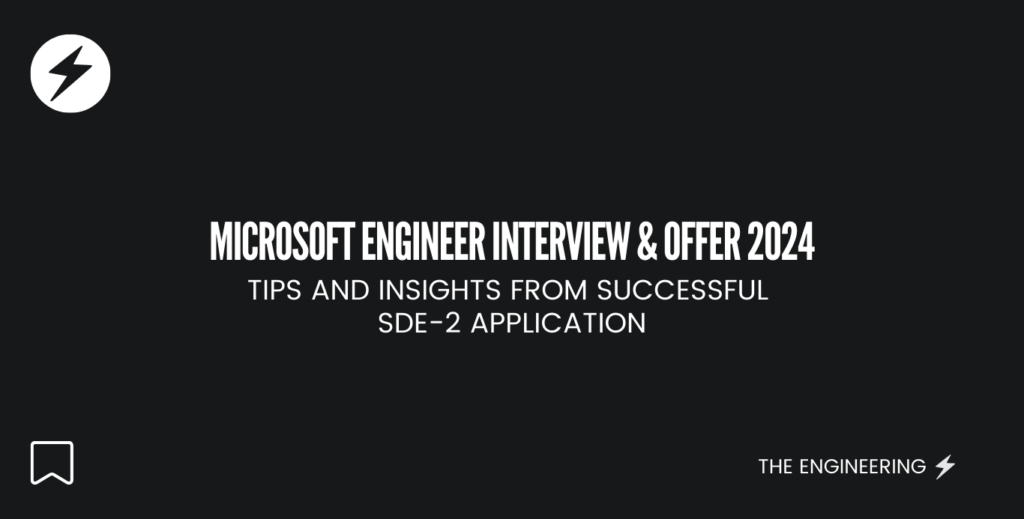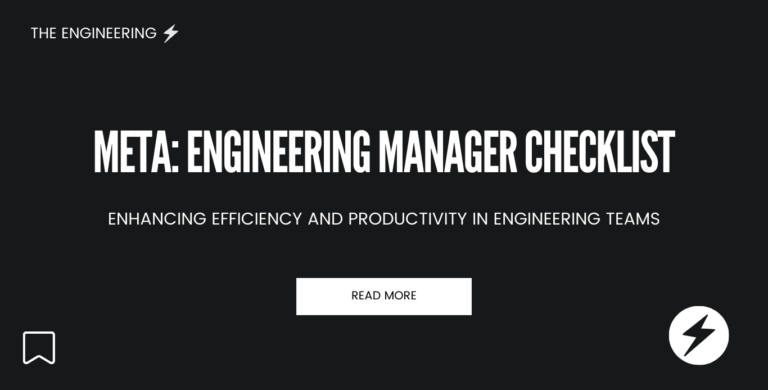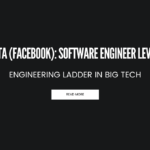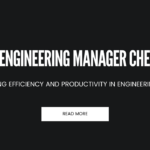
Embarking on the journey to land a Software Development Engineer II (SDE-2) position at a tech giant like Microsoft can be exciting and challenging. Surabhi’s experience with Microsoft Interview for SDE-2 position from a startup to FAANG provides invaluable insights for aspiring candidates.
In her article, Surabhi Gupta shares her journey to secure a position at Microsoft after spending over four fulfilling years at a startup. She sought new challenges and growth opportunities. To prepare for the transition, she dedicated 4–5 months to rigorous preparation, which included practising medium and hard problems on LeetCode and delving deep into system design concepts.
In this article, we’ll review her journey through the interview process, distil vital learnings, and offer a structured preparation plan to support your interview endeavours.
Interview Process Overview
In March 2024, a Microsoft recruiter contacted her via LinkedIn regarding an opening for an SDE-2 role. After an initial discussion about the team, role, and interview process, she embarked on a comprehensive interview journey consisting of five rounds, each meticulously designed to assess different facets of her technical prowess and problem-solving skills.
Round 1: Online Assessment (1 hour 30 minutes)
This round focused on algorithmic thinking and problem-solving:
- Dynamic Programming Problem: A hard-level 2D DP problem presented in a real-life story format. Leveraging her practice on LeetCode, she deciphered the underlying DP approach and solved it within 50 minutes, passing all test cases.
- Backtracking Problem: A medium-level string backtracking problem. Familiar with standard backtracking techniques, she identified the pattern and successfully implemented the solution within the remaining time.
Round 2: Coding Round (1 hour)
Tasked with designing and coding a simplified version of a Linux File System, she:
- Gathered functional requirements, including creating, reading, listing, renaming, deleting, and searching files.
- Implemented the solution in Java using a multilevel hashmap to simulate file paths and directories.
- Discussed optimization for a distributed environment, focusing on file updating and saving mechanisms.
- Demonstrated her ability to think independently and solve real-world problems through coding and design.
Round 3: Coding and Design Round (1 hour)
This round required designing and coding a distributed cache:
- Clarified critical operations like setting and retrieving fundamental values.
- Implemented an LRU (Least Recently Used) cache using a hashmap and a doubly linked list.
- Refactored the design to support multiple eviction policies for future flexibility.
- Discussed adaptation for a distributed environment, addressing concurrent updates, the CAP theorem, and data consistency.
- Showcased her capability to design scalable systems while handling real-world challenges.
Round 4: Hiring Manager Round (1 hour)
A blend of technical and behavioural assessments:
- She presented the architecture of a recent project using a high-level diagram, explaining database choices, messaging queues, and system availability monitoring.
- Optimized a task to run efficiently by utilizing multithreading on an 8-core CPU, designing a solution that divided workloads into parallel processes.
- It addressed a problem related to searching through a large array with specific constraints, proposing an efficient approach with guidance from the interviewer.
- She demonstrated her proficiency in both individual problem-solving and collaborative discussions.
Round 5: Final Round (AA Round) (1 hour)
The concluding round involved:
- Another project explanation to assess her communication and technical detailing skills.
- Solving a medium-level stack problem and a harder follow-up, moving from brute-force to optimized solutions while discussing time and space complexities.
- I am answering behavioural questions about teamwork, conflict resolution, and project delivery under pressure using the STAR (Situation, Task, Action, Result) method.
- She was highlighting her ability to articulate thought processes and handle pressure gracefully.
Final Offer and Reflections
Two weeks post-interview, she received a positive response and an offer from Microsoft. Despite serving her notice period and being on the verge of joining another company, she chose Microsoft’s offer. Two months into her role with the Azure team, she expresses excitement about working on advanced distributed systems and praises Microsoft’s supportive culture, resources, and career guidance.
Preparation Strategy
Surabhi’s meticulous preparation encompassed:
- LeetCode Practice: Daily problem-solving focusing on medium and hard problems in arrays, strings, dynamic programming, trees, and graphs.
- System Design Mastery: Studied resources like Alex Xu’s System Design book and practised designing systems such as URL shorteners, Instagram, and Dropbox.
- Conceptual Understanding: Reviewed essential system design concepts, including the CAP theorem, NoSQL databases, consistent hashing, load balancing, caching, and rate limiting.
- Mock Interviews: Engaged in mock interviews with peers and platforms like Pramp to simulate real interview conditions and refine her responses.
Conclusion and Advice
Surabhi advises candidates preparing for interviews with tech giants like Microsoft to:
- Practice Consistently: Regularly solve coding problems and work on system design challenges.
- Focus on Fundamentals: Strengthen understanding of core concepts in algorithms and system design.
- Communicate Clearly: Be prepared to explain decisions and thought processes effectively.
- Stay Composed Under Pressure: Maintain calmness during interviews to showcase problem-solving abilities confidently.
- Utilize Mock Interviews: Gain experience and feedback through simulated interview scenarios.
Her journey underscores the importance of dedication, continuous learning, and strategic preparation in achieving career advancement in the tech industry. She encourages aspiring candidates to reach out with any questions and wishes them success.
Frequently Asked Questions
The Microsoft SDE-2 interview process typically consists of multiple rounds designed to assess various skills:
– Online Assessment (OA): An initial screening with algorithmic problems focusing on data structures and algorithms like dynamic programming and backtracking.
Technical Coding Rounds: These are in-depth coding interviews in which you may be asked to design and implement systems (e.g., a file system or a distributed cache), demonstrating your coding skills and understanding of system design principles. The hiring manager round involves technical discussions about your past projects and problem-solving tasks, possibly involving optimization techniques like multithreading.
– Final Round (As Appropriate): Advanced problem-solving questions and behavioural assessments to evaluate your fit within the team and company culture.
Key areas to concentrate on include:
– Data Structures and Algorithms: Practice medium to hard problems on arrays, strings, trees, graphs, dynamic programming, and backtracking. Platforms like LeetCode can be very helpful.
– System Design: Gain a strong understanding of designing scalable and distributed systems. Study concepts like the CAP theorem, caching mechanisms, load balancing, database sharding, and different types of databases (SQL vs. NoSQL).
– Coding Proficiency: Be comfortable coding in at least one programming language (e.g., Java, C++, Python) and focus on writing clean, efficient, and maintainable code.
– Concurrency and Multithreading: Learn how to write programs that effectively utilize multithreading to improve performance and understand how to handle synchronization and avoid concurrency issues.
– Behavioral Skills: Prepare to discuss your experiences with teamwork, conflict resolution, and handling pressure, using methods like the STAR (Situation, Task, Action, Result) approach.
System design knowledge is crucial for an SDE-2 role because:
– Role Expectations: As a senior engineer, you’re expected to design systems that are efficient, scalable, and maintainable.
– Real-World Applications: You’ll often work on complex projects that require a deep understanding of how different components interact in a distributed environment.
– Interview Focus: Microsoft interviews emphasise your ability to design systems, discuss trade-offs, and adapt designs for future needs or scalability concerns.
Effective strategies include:
– Regular Practice: Consistently solve coding problems and work on system design exercises to build and maintain your skills.
– Understand the Fundamentals: Focus on deeply understanding concepts rather than memorizing solutions so you can adapt to new problems.
– Communicate Clearly: Articulate your thought process during the interview to demonstrate your problem-solving approach.
– Ask Clarifying Questions: Ensure you fully understand the problem requirements before coding or designing.
Stay Composed: Maintain a calm demeanour to think clearly and effectively under pressure.
Mock interviews are beneficial because they:
– Simulate Real Conditions: Provide a practice environment that mirrors actual interview scenarios, helping you become comfortable with the format and time constraints.
– Identify Areas for Improvement: Offer feedback on your technical abilities and communication skills, allowing you to refine them before the interview.
– Enhance Confidence: Reduce anxiety by familiarizing you with the types of questions asked and the interview flow.
– Improve Articulation: Help you practice explaining your thought process and solutions clearly and concisely.



